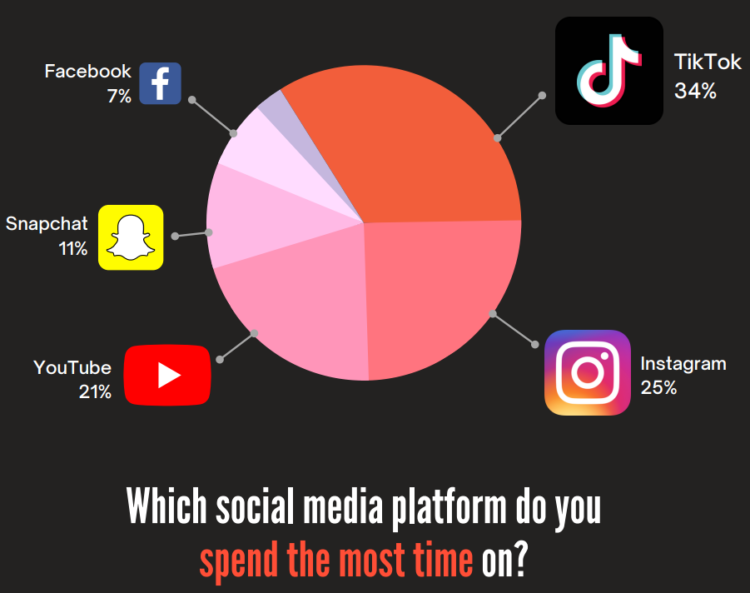Is an hour the correct daily usage amount for teens?

Short-form video platform TikTok is making changes to its policies for under-18s that will by default limit their daily screen time on the app to 60 minutes.
If the hour-long limit is reached, teen users will now be prompted to enter a passcode in order to continue watching. The requirement to make an active decision to extend their time on the app is meant to act as a deterrent toward spending too much time watching TikToks.
For people in TikTok’s “under 13 experience”, the daily screen time limit will also be set to 60 minutes, but a parent or guardian will need to set or enter an existing passcode to enable an additional 30 minutes of watch time.
Various studies have attempted to measure the time teen TikTok users are spending on the platform, with some estimates finding the average amount of time exceeding 90 minutes per day. The new policy therefore seeks to cut down on teens’ time in the app by more than a third.
In a statement, TikTok’s head of trust and safety Cormac Keenan explained that “while there’s no collectively-endorsed position on the ‘right’ amount of screen time or even the impact of screen time more broadly, we consulted the current academic research and experts from the Digital Wellness Lab at Boston Children’s Hospital in choosing this limit.”
Keenan elaborated that the goal is to “[help] families have conversations about digital well-being.” Social media companies have broadly come under scrutiny in recent years over the impacts their platforms have on the mental health of teens. The death of Molly Russell in 2017 catalysed UK regulators into action, while Facebook whistleblower Frances Haugen alleged the company’s platforms, including Instagram, were addictive and unsafe for teens and children.
“I am deeply worried that it may not be possible to make Instagram safe for a 14-year-old and I sincerely doubt that it is possible to make it safe for a 10-year-old,” Haugen told a parliament select committee in October 2021.
According to a research report conducted by social media and influencer marketing agency Fanbytes by Brainlabs, TikTok is the most popular social media app for young users, who primarily see the app’s short-form video content as a way to engage with entertaining and comedic content.

In response to concerns over teens’ mental health, TikTok created a “Family Pairing” feature in 2020 to allow parents and teens to customize their safety settings based on individual needs, though it is unclear how many teen users currently use the feature.
TikTok is now expanding Family Pairing features to allow caregivers to view their children’s usage of the app (including the number of times it was opened and the total time spent on the app during the day and night), set custom daily screen time limits, and set a schedule to mute notifications for their teen.
TikTok already has a policy wherein accounts aged 13-15 do not receive push notifications from 9pm and accounts aged 16-17 have push notifications disabled from 10pm.
Keenan said the platform will soon bring custom screen time limits and the ability to schedule times to mute notifications to all users, not just teens, as well as roll out a sleep reminder to remind users to log off at night.



